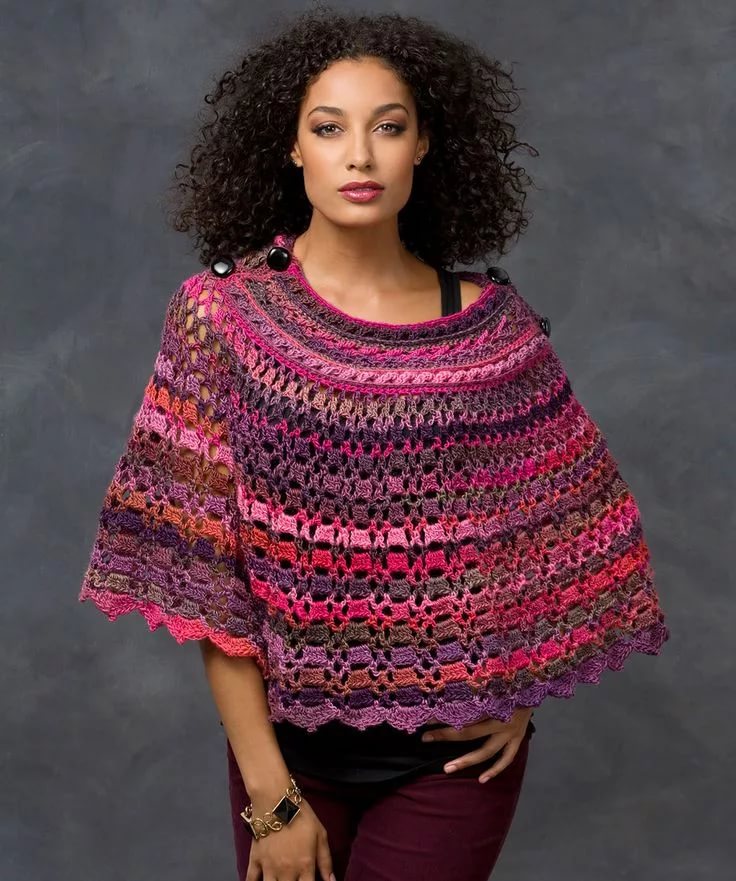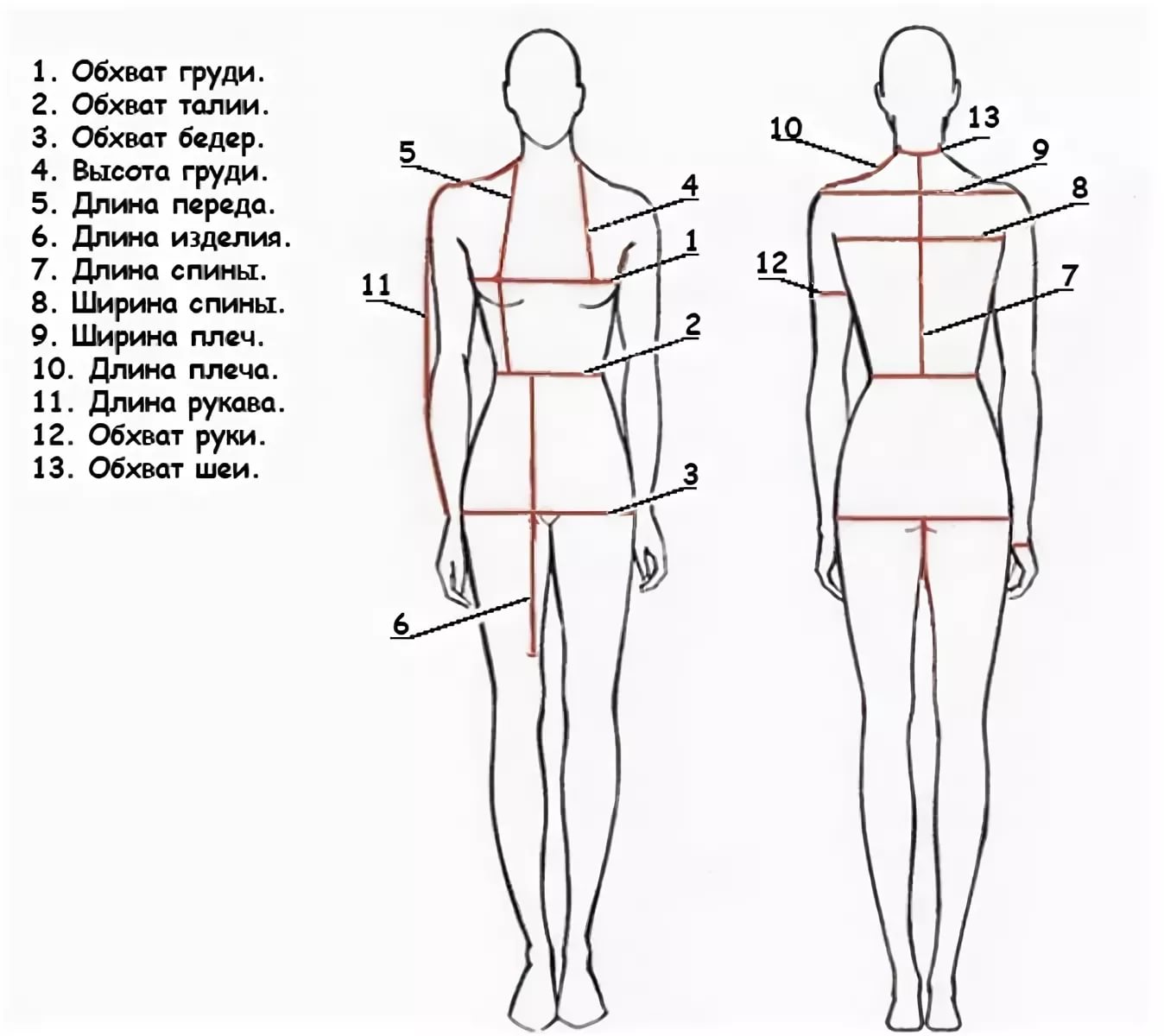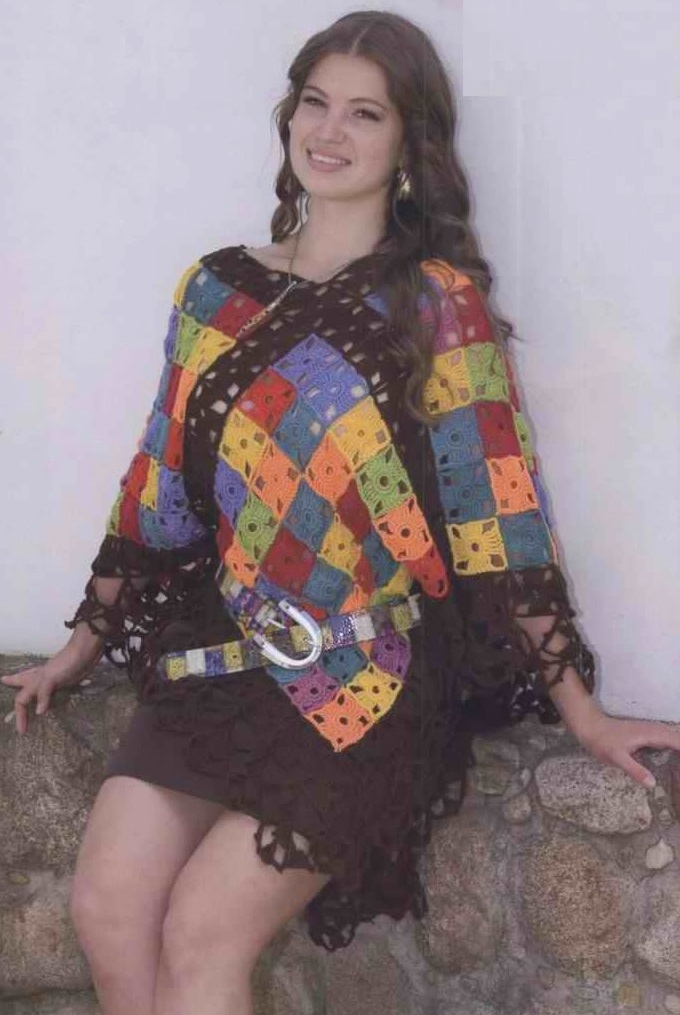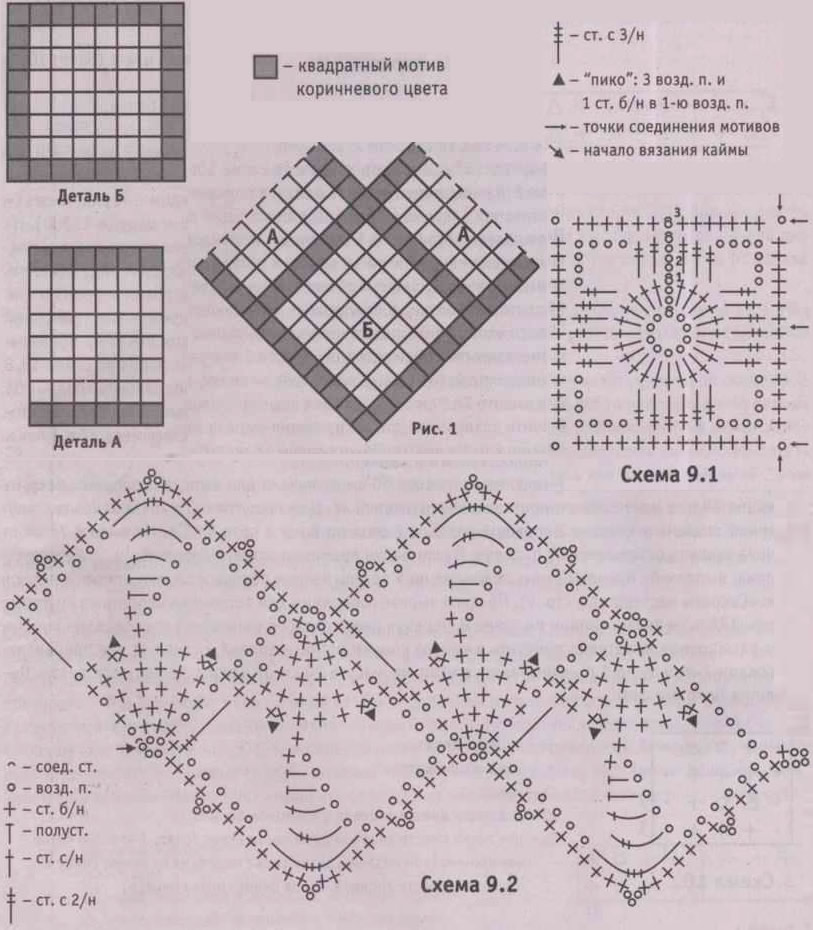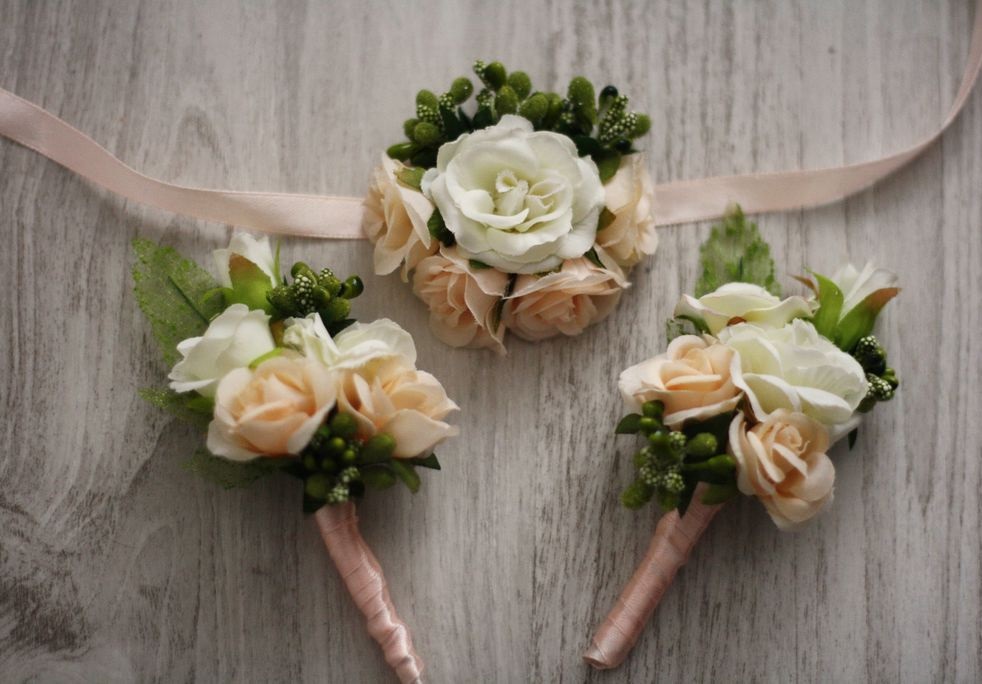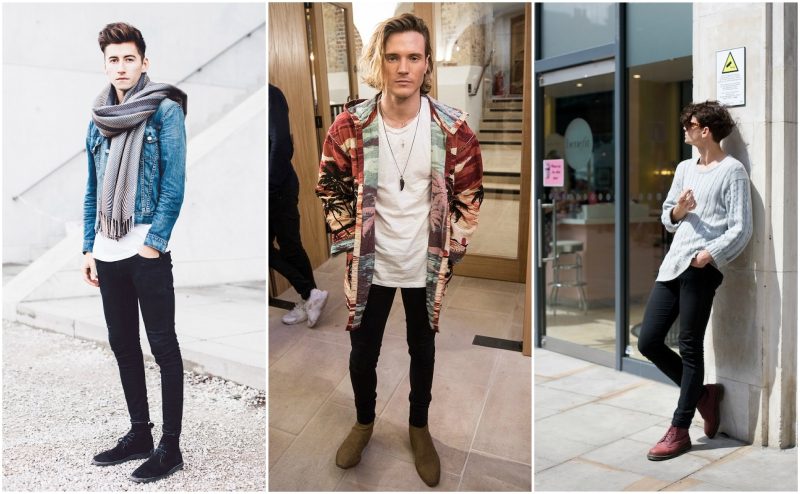Capes that are put on over the head have long won the love of women of all ages. Simple cut and different length options ensure their perfect fit on any type of figure. An openwork or warm crochet poncho can become one of the first masterpieces of a novice needlewoman. Patterns for models are universal, they do not have a specific size. A knitted poncho will serve its owner for a long time, regardless of changes in her build.
Selection of yarn and knitting techniques
Conventionally, all models can be divided into thick and thin. The main task of the first is to warm, but this does not prevent them from being spectacular and elegant. For warm products, yarn made of natural wool or mixed, with the addition of acrylic, nylon, polyester, cotton, silk, is best suited.
Particularly cozy things are made from down threads. They are weightless and warm perfectly. With proper care, such products serve for a long time, without pilling or losing their beauty.
Types of wool yarn for ponchos:
- merino;
- sheep;
- alpaca;
- angora;
- cashmere;
- mohair.
The more natural fibers in the yarn, the warmer the cape knitted from it will be. Synthetic threads, due to the large range of shades, allow you to make beautiful, bright things, but they quickly deform and fade. Original poncho models for women are made from fantasy textured types of yarn. These include:
- chenille;
- pile;
- boucle;
- volumetric with variable thread diameter;
- pompom;
- tweed.
It is worth mentioning separately the melange and sectionally dyed wool yarn, which are perfect for adult and children's crochet ponchos. An example is the famous Baltic "Kauni", the color transitions of which create a unique knitted fabric. A summer openwork cape is usually made from natural thin threads. Perfectly suited for the following models:
- cotton (plain or mercerized);
- flax;
- bamboo;
- silk.
In addition to natural fibers, the yarn may also contain synthetics. This makes the item softer and flowing. High-quality thin acrylic is also used for ponchos, but pure synthetics do not allow the skin to breathe freely and do not warm on a cool evening.
An elegant cape on the shoulders can be made from decorative threads with lurex, metallic effect, sequins, and beads.
The knitting technique depends on the type of thread, the model and the skill level of the needlewoman. You should not make complex patterns from voluminous, loose yarn. The same applies to fantasy threads, which are spectacular in themselves. The melange coloring will not allow you to see the openwork ornament, but sectional yarn can emphasize the pattern on the canvas.
Complex techniques such as fork knitting, freeform, Irish lace should be chosen by needlewomen with extensive experience. Women with minimal experience should better choose openwork with simple patterns, filet or solid fabric, but choose a non-standard type of yarn. A crochet poncho made of motifs can also be recommended for beginners.
The hook diameter should match the thickness of the thread. To select it, you can use the instructions on the skein label. There is a selection method when the thread diameter is compared with the size of the notch on the hook head. Warm knitted ponchos require a loose, soft fabric. In this case, they drape beautifully and freely envelop the figure, without sticking out. For bulky yarn, it is better to take a larger hook.
What measurements are needed
For simple models, only two measurements are required:
- Length of the product - depends on the chosen style. The size of a cape-cape is slightly above the elbow, a poncho-jacket ends at the elbow or slightly below. Traditionally, the length of a warm poncho for a woman is usually equal to the distance from the base of the neck along the shoulder to the wrist.
- Head circumference. Measured so that the knitted product can be put on freely. If the cape is fixed on the shoulders, like a shawl, then instead of this head parameter, the neck circumference is measured.
Classic ponchos have several pattern options depending on the shape, degree of flare, presence of a hood, sleeves. Ready-made patterns must be adapted to the measurements taken, taking into account the knitting density. To determine it, a sample of at least 10 x 10 cm is created. Then it must be subjected to wet-heat treatment to assess the shrinkage or deformation of the threads. After this, you can calculate how many loops and rows are per 1 cm of knitting. Then it is calculated how many elements must be collected to make a thing of the desired size.
Stages of knitting popular models
Patterns and descriptions of simple models will allow you to knit a fashionable cape even for those who do not have much experience in this type of needlework. By adjusting the size of the women's product, you can get an original poncho for a girl crocheted. The main rule is to follow all the instructions described.
Abbreviations:
- VP – air loop;
- LP – air lift loop;
- ССН – double crochet;
- СС2Н – double crochet;
- SS – slip stitch;
- ST – simple column.
From the motives
This crochet cape consists of small fragments knitted from semi-woolen yarn. The size of each motif is 7 x 7 cm. For an adult poncho, you will need 224 pieces.
Knitting pattern for a square motif:
- 10 VP are closed into a ring, then 4 VP are made and 23 CCH are knitted into a ring.
- Make 5 VP, 2 CC2H, 7 VP, 6 CC2H, 7 VP, 6 CC2H, 7 VP, 6 CC2H, 7 VP, 3 CCH. Finish the row with 1 SS.
- Knit 2 VP, 6 ST, 1 VP over the central loop of the arch of 7 VP, then 14 ST, 1 VP, 14 ST, 1 VP, 14 ST, 1 VP, 7 ST. Close the row.
Assembly of the product:
- From the knitted motifs you need to sew 2 parts of different types. Element "A" has dimensions of 8 x 8 fragments, "B" - 6 x 8 objects.
- The "A" pieces are on the front and back of the garment, angled at 45 degrees. The "B" pieces are folded in half lengthwise and sewn with their long sides to the two upper lines of the "A" diamonds, wrapping around the shoulders.
- The bottom edge of the poncho can be tied or decorated with fringe.
When crocheting a baby cape, the number of motifs must be reduced. To do this, first determine the length of the product, then divide this figure by 7 (the side of one element). This will give you the number of fragments for the side of square "A" and the long part of rectangle "B". Determine the short side of the latter based on the width of the neck.
Openwork cape for a girl
A delicate openwork poncho is knitted in a circle, gradually expanding. Stages of work:
- First, you need to dial a chain of VP equal to the circumference of the head, adding 2 cm. The number of loops should be a multiple of 5. Each row begins with 3 VP.
- In the 1st row, knit a CCH into every second VP of the chain. Between the columns, knit 1 VP.
- 2nd row - fans, which are knitted as follows: 2 CCH, 1 VP, 2 CCH. The first element is made over the lifting loops, the second - in the 3rd arch, the third - in the 3rd column, the next - again in the 3rd arch from the hook. This alternation continues until the end of the row.
- In all subsequent rows, fans are made one above the other. They are knitted in VP in the center of the element of the previous row.
- Starting from the 3rd row, 1 VP is made between the fans. From the 6th row - 2 VP.
- From the 9th row, fans are knitted as follows: 3 CCH, 1 VP, 3 CCH.
- From the 10th row, 3 VP are made between the fans.
- In this way, knitting continues until row 19. Then the edge of the product is tied with columns. In the center of each fan, 1 CT, 1 picot, 1 CT are performed.
- The armhole under the neck is tied with two rows of columns.
Models intended for children are usually gathered at the edge of the neck using a cord or ribbon. This crochet cape can be made from either thin or woolen threads. Despite the lacy pattern, it will keep you warm on cool days.
Video



